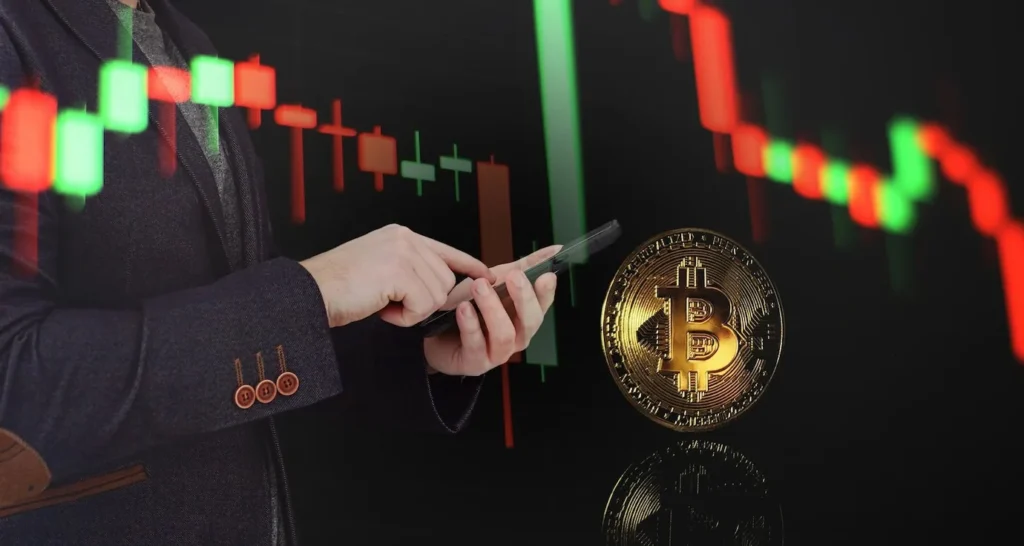Crypto’s Comeback: How Trump, the SEC, and the Genius Act Could Reshape the Market
Let’s take a step back. Just a couple of years ago, crypto was on the ropes. Regulation was tightening, market confidence had cracked after major collapses, and even Bitcoin seemed stuck in a rut. Fast forward to now, and everything has changed. Trump Is Back—and So Is Crypto Love him or loathe him, one thing is clear: crypto markets have been cheering ever since. President Trump made no secret of his support for digital assets during his campaign. Since taking office again, he’s already moved quickly to reverse some of the more aggressive, anti-crypto policies from previous administrations. His administration is embracing innovation, pushing for clearer rules, and most importantly—removing the lingering fear that U.S. regulators are out to kill crypto. He’s also put key people in the right seats, including SEC Chair Paul Atkins, who is leading a new initiative called Project Crypto. The goal? Provide clarity for the industry rather than punishment. This shift in tone has had a powerful ripple effect, not just for large institutions, but for everyday investors who now feel like the tide has finally turned. Bitcoin Is Surging—and It’s Not Just Hype The numbers don’t lie. As of August 2025, Bitcoin is trading around $114,000. And it’s not just retail traders driving the price. Institutional buyers, sovereign wealth funds, and even the U.S. government are helping to build confidence. Yes, you read that right: the U.S. Treasury now holds over 200,000 BTC in its Strategic Bitcoin Reserve—a stash that’s not for sale but held as a long-term national asset. That’s a major vote of confidence from one of the most powerful institutions in the world. And with analysts forecasting BTC to climb even higher—some aiming at $125K to $140K by the end of the month—the excitement is palpable. This isn’t a meme rally or a retail-driven spike. It’s a broad-based movement backed by regulation, macro policy, and sentiment. The Genius Act: A New Legal Foundation One of the biggest shifts in 2025 was the signing of the Genius Act, which created a clear legal framework for stablecoins. It mandates full 1:1 reserves, third-party audits, and full transparency from issuers. It also blocks stablecoin companies from offering direct interest—essentially forcing yield generation to happen through DeFi or other platforms. While some issuers may grumble about the restrictions, the Genius Act has done exactly what investors wanted: given confidence. Now, U.S.-based stablecoins are viewed as reliable and legally protected—exactly the kind of environment needed for institutions and banks to start getting serious. SEC’s July 2025 Report: From Enforcer to Referee One of the biggest surprises in 2025 came not from the markets—but from the Securities and Exchange Commission itself.In July 2025, the SEC released a sweeping report titled “Digital Assets & U.S. Markets: Pathways to Clarity.” For years, the SEC was known as crypto’s biggest villain, with high-profile lawsuits and a reputation for vague guidance. This report flipped the script. Here’s what stood out: ● Clear Definitions: For the first time, the SEC provided firm classifications for tokens—differentiating between digital commodities, utility tokens, and true securities. Projects now have a roadmap to stay compliant. ● “Fast Track” Program: A new opt-in framework lets early-stage crypto projects voluntarily register for accelerated compliance reviews. Think of it like an incubator for serious teams that want to play by the rules and still innovate. ● A Call for Legislation: In a rare move, the SEC called on Congress to codify digital asset regulation—admitting that certain limitations have prevented them from offering clarity. This effectively handed the baton to lawmakers, signaling a more cooperative stance moving forward. ● Stablecoin Endorsement: The SEC confirmed its alignment with the Genius Act passed earlier this year, removing previous ambiguity about whether regulated stablecoins would be treated as securities. In short, the tone has shifted. Instead of operating like a sheriff in a lawless town, the SEC is positioning itself more like a referee on a well-lit playing field. The rules are still strict—but they’re no longer arbitrary. That makes all the difference for builders, investors, and institutions trying to navigate this space. From Crackdown to Collaboration: What It Means for Investors All of this might sound technical or political, but here’s what it really means if you’re an investor: the crypto landscape in the U.S. has never looked more welcoming. In 2022 and 2023, we saw the SEC throwing lawsuits at DeFi protocols, exchanges, even developers. It felt like no one was safe. But 2025 is different. The message from the top is clear: if you’re transparent, responsible, and building value—you’re welcome here. It’s opened the floodgates. Major trading desks are back. Venture capital is back. And retail investors, many of whom stepped away after the FTX collapse, are starting to test the waters again. What’s Next: Where the Smart Money Is Looking So what should you actually do with this information? First, understand that we’re still early in this new phase. Bitcoin may be leading the charge, but altcoins and micro-cap tokens are also gaining steam—especially the ones that play well within the new regulatory environment. Expect massive upside in compliant DeFi protocols, tokenized real-world assets, and Layer 2 chains that scale Ethereum’s capabilities. And if you’re into yield, this is a good time to get smart about DeFi. With stablecoin rules locked in, we’ll likely see a new generation of DeFi protocols that allow users to earn yield while staying compliant. It won’t be the Wild West anymore, but it will still offer powerful returns to those who understand how the system works. Final Thoughts: Don’t Miss This Window We don’t get many moments like this. We’ve got political alignment, regulatory clarity, institutional participation, and record-breaking momentum all happening at once. That’s rare. If you’re sitting on the sidelines waiting for “the perfect time” to invest or learn more about crypto—this might be it. But don’t just chase price action. Understand the new rules of the game. Follow the projects that play well within this framework. Get educated on












